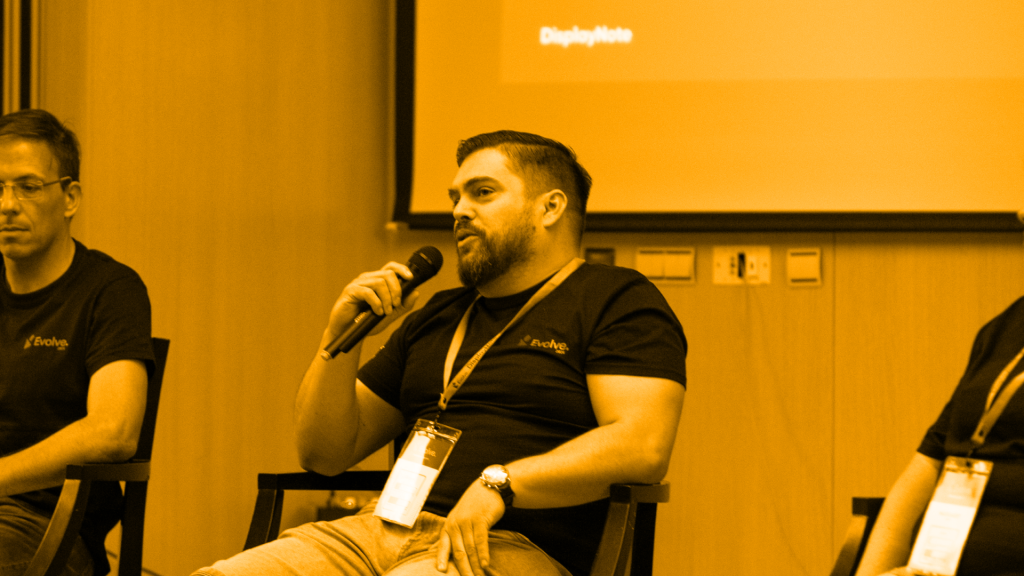
Screen sharing: Is this the most important tool in business?
Simon stopped the meeting cold. He said he just didn’t understand what was being presented, it made no sense and if he’s confused, his customers were going to be more confused.
So Chris took it from the top and went over the pitch again. Speaking into his PC, he walked through the ideas, checking in with Simon along the way.
Hmm, thought Simon. This was pretty lame, did these guys not look at the back end data, do any research? He said he still wasn’t getting it. He said what he understood about the project in no way tallied with what Chris was saying. To reality check his reaction, he applied a relatively new tool: he took out his phone, opened an analytics dashboard app and then mirrored that up the main meeting room screen for everyone to see.
After a few seconds of data digest, everyone looked to Chris, then to Simon. The consensus was clear: lame, missed the mark. Meeting. Over.
Screen sharing never used to be that powerful. It was largely reserved for product walkthroughs and online demos. But now everyone shares their screen, not just one to one or one to many but multiple people all at the same time sharing everything. Designers sharing videos, students sharing presentations, engineers sharing code, accounts sharing budgets. You name it. We’re sharing it.
Today, you see, our devices are extensions of ourselves where we do our best thinking: they hold our photos, videos, screenshots, productivity, project management and communication apps. Combine that with an explosion of at home screen sharing powered by the likes of Amazon FireStick, Apple TV and Chromecast and you’re half way to understanding why our meeting spaces, conference rooms, huddle cupboards are packed full of people sharing their screen.
See, sharing what’s on your screen is almost like being able to see into our mind: it’s a way to prove what we’re working on and that others can see what you see. It cuts out the awkward Simon & Chris moments.
Flip that idea in the other direction and screen sharing lets you see into other people’s way of working and processes, their dashboards, ideas, first drafts, mood-boards, budgets, in essence where they do their best thinking and that, for me, is truly a great thing when it comes down to one of the most important aspects of building a business: being able to tap into the fresh value-creating ideas of its employees, partners, customers and suppliers.
With screen sharing now commonplace across every organisation, we’re going to need to keep thinking of new ways of managing, optimising and sharing the entire experience.
We need to be thinking of what works best in terms of how many people can do it at the same time? One feels like not enough and 24 feels like overload. We need to think about where it fits with workflows and how we can take those screen shared and export them into project management tools.
We need to think about the surfaces we share onto and how people interact with the surface; I’m talking here about touch optimisation and touch points. Finally, we should also think about how we interact with other collaboration tools like team chat, white boarding, video chat, document editing and content creation.
Next Steps…

Want to stay in the loop?
Keep up-to-date with everything DisplayNote – including new releases, job openings, and customer giveaways.
Don’t worry, we’ll not spam you and we’ll never share your email with anyone






